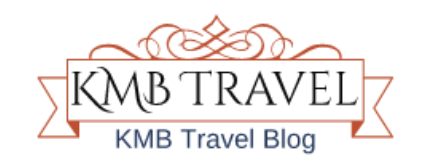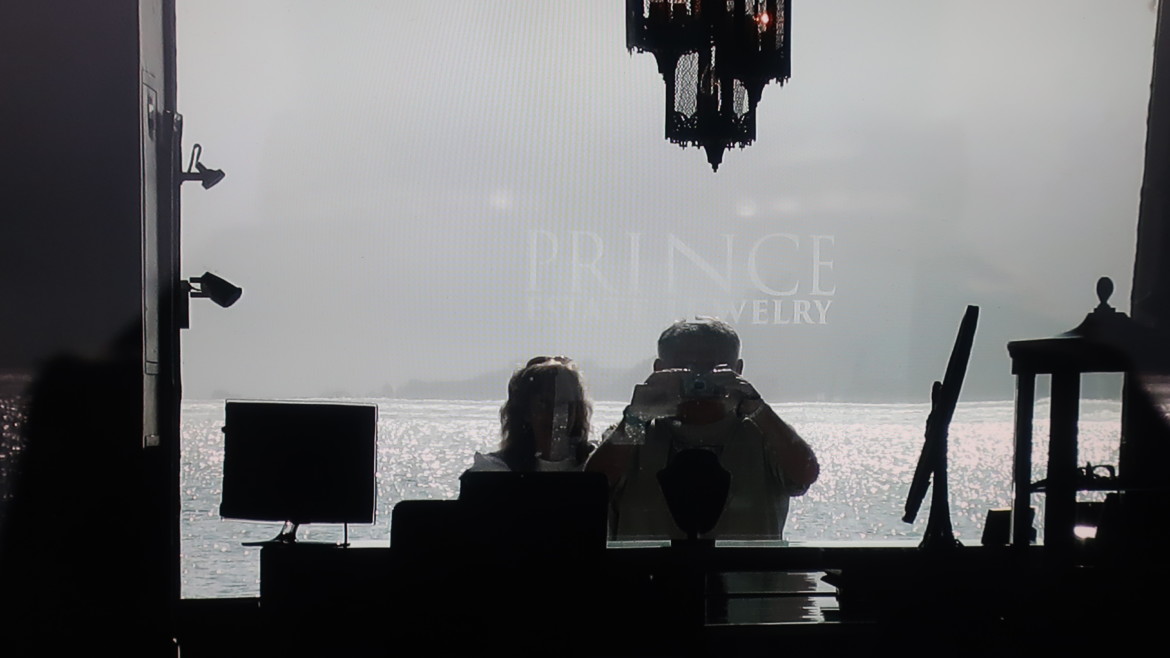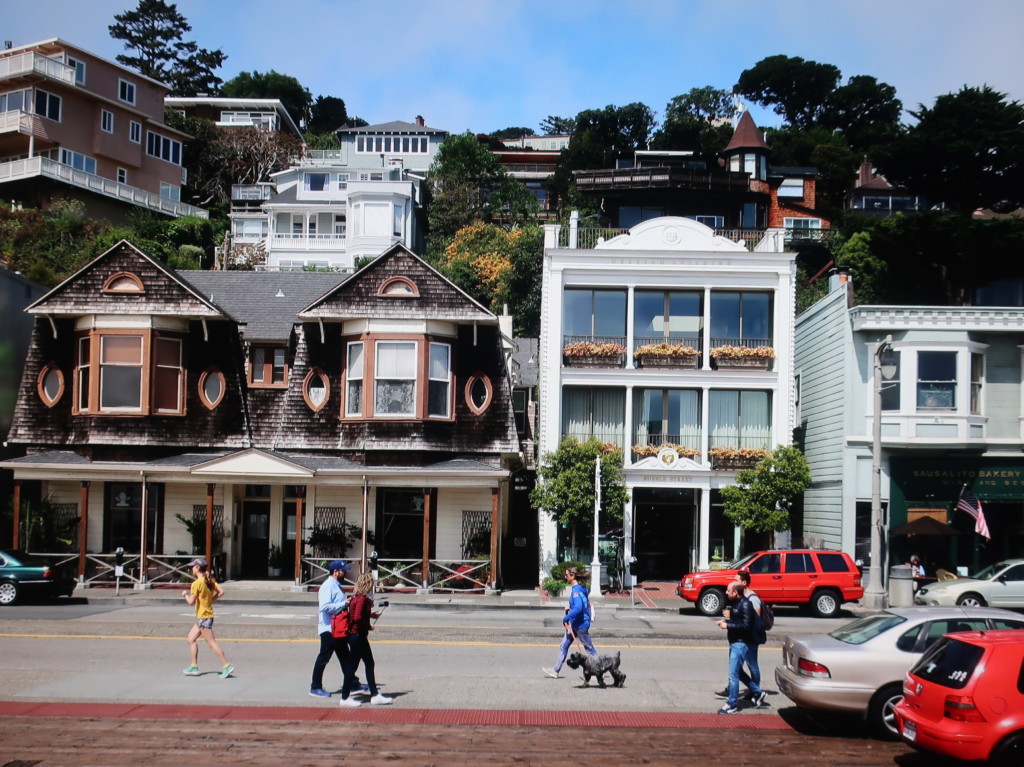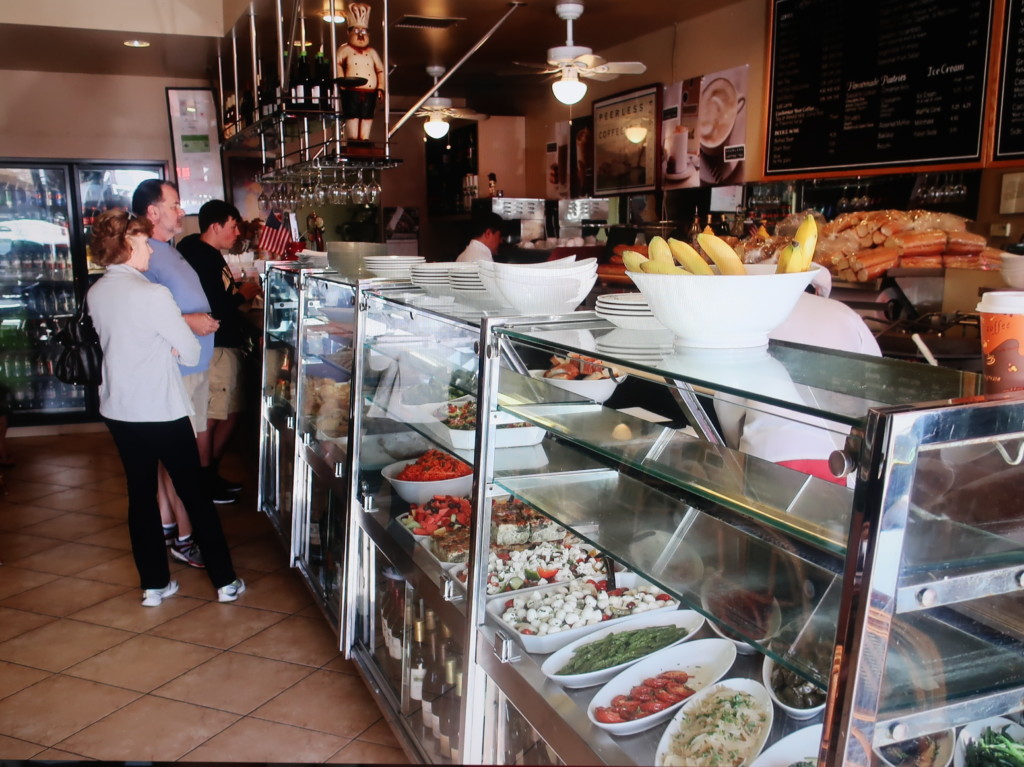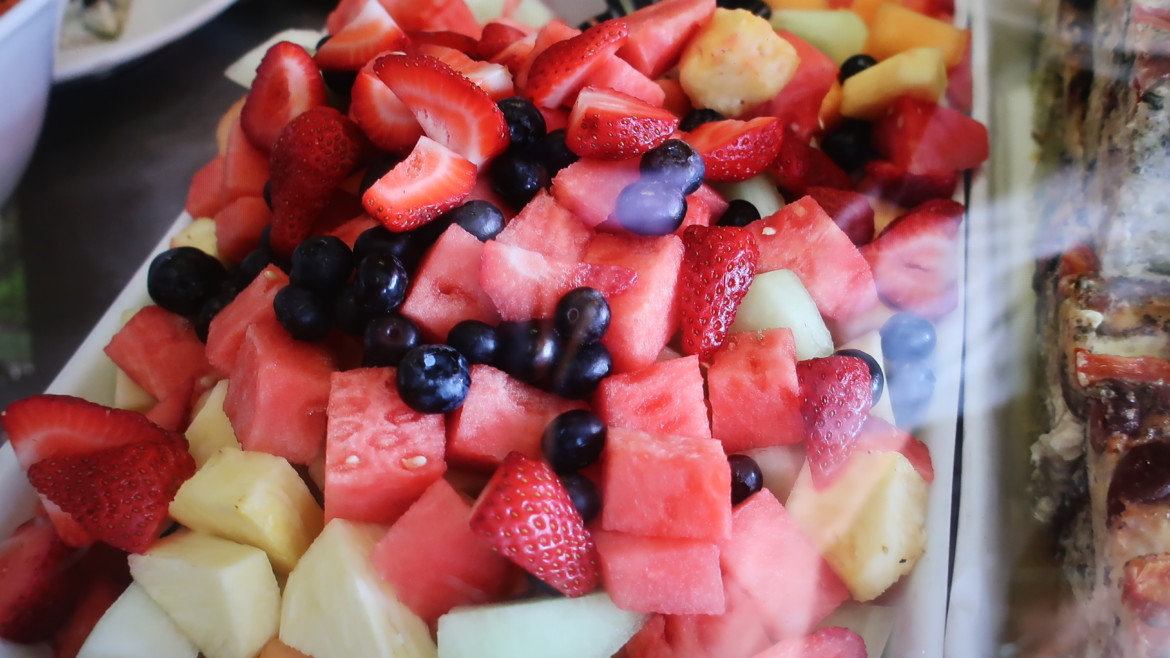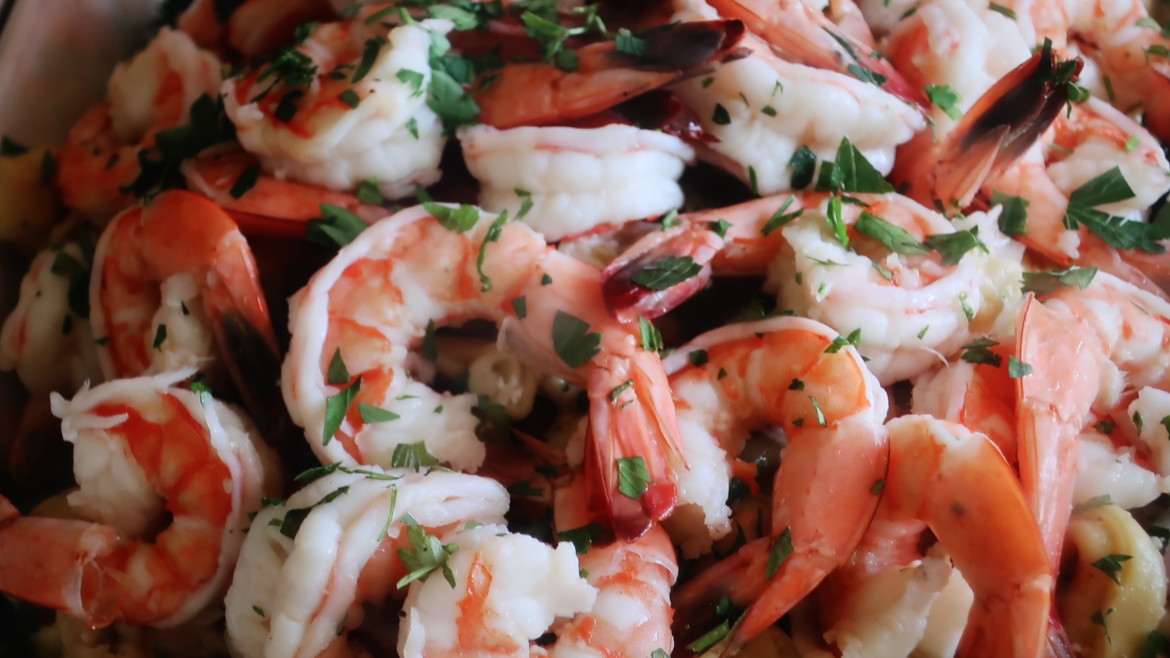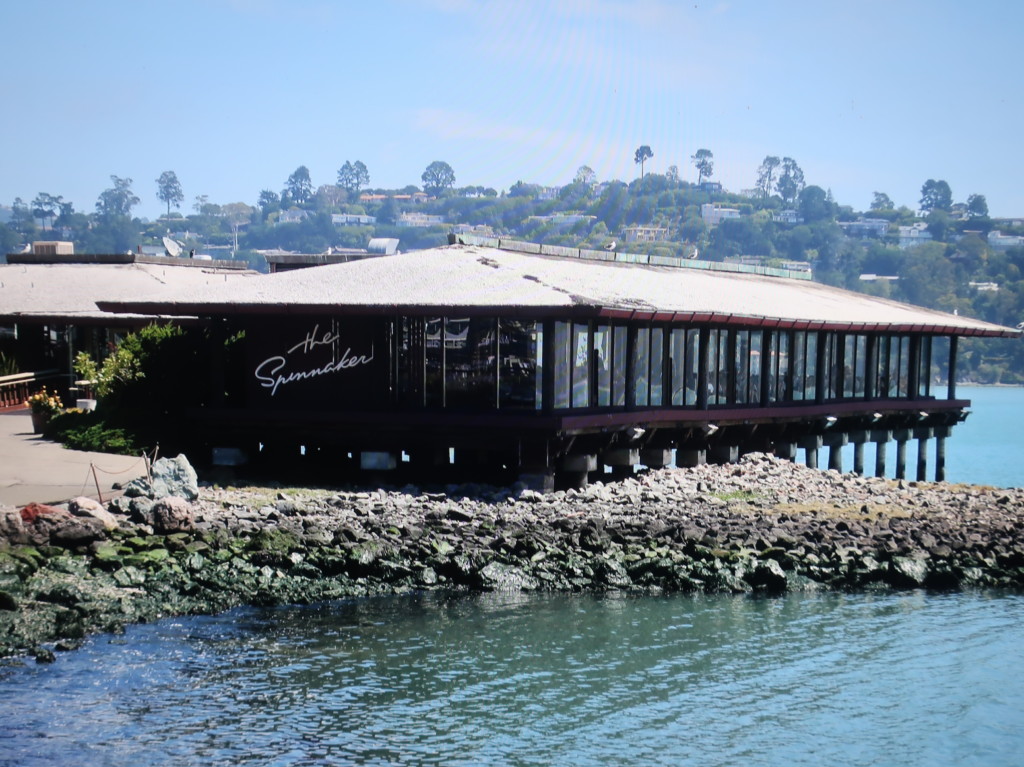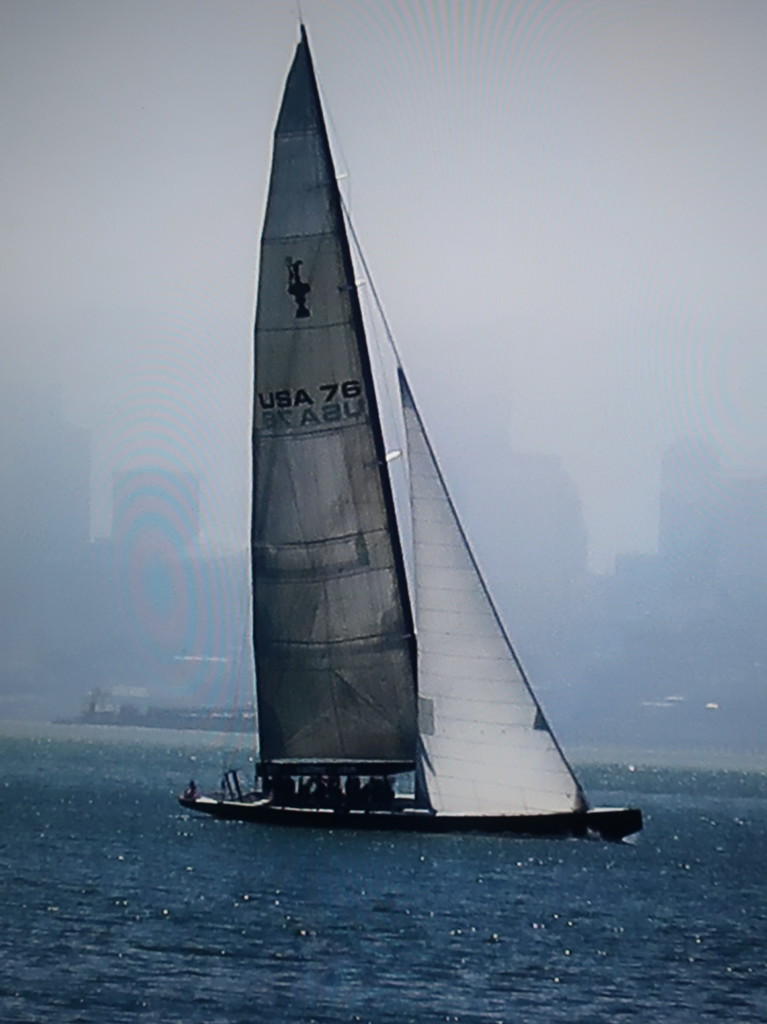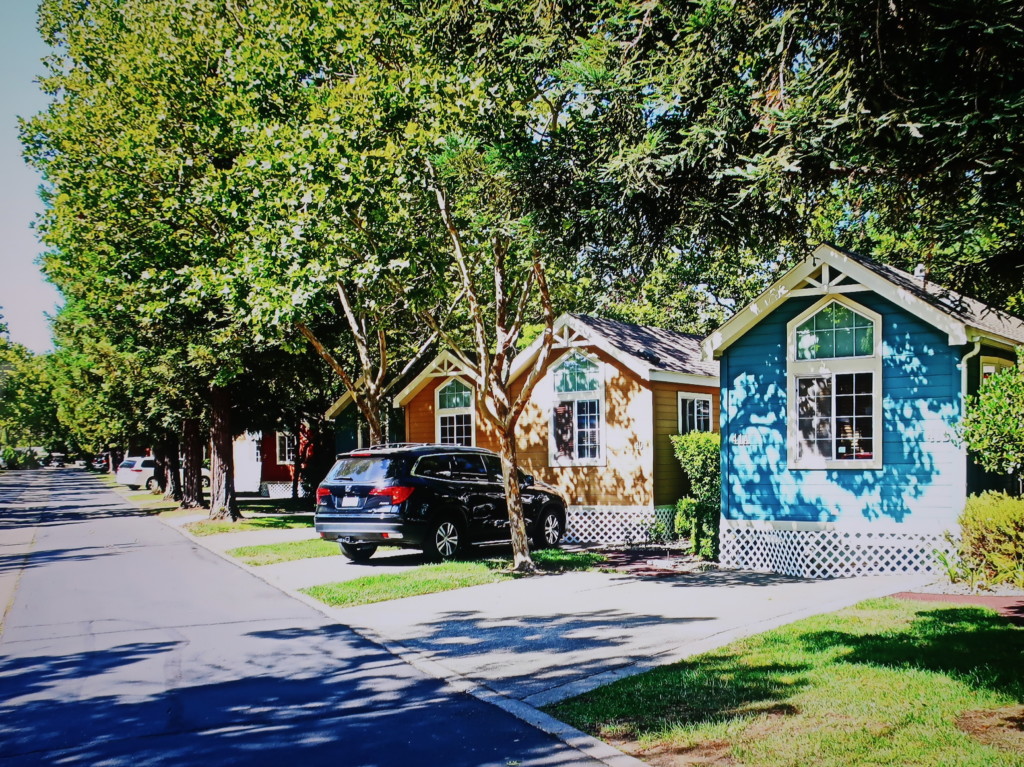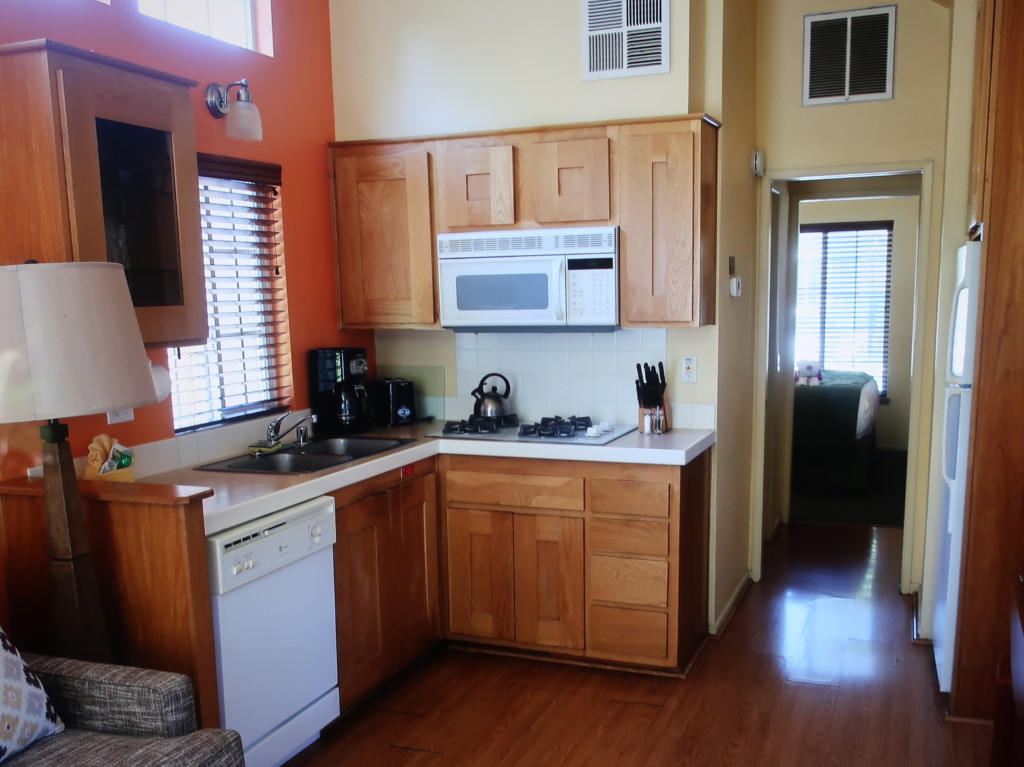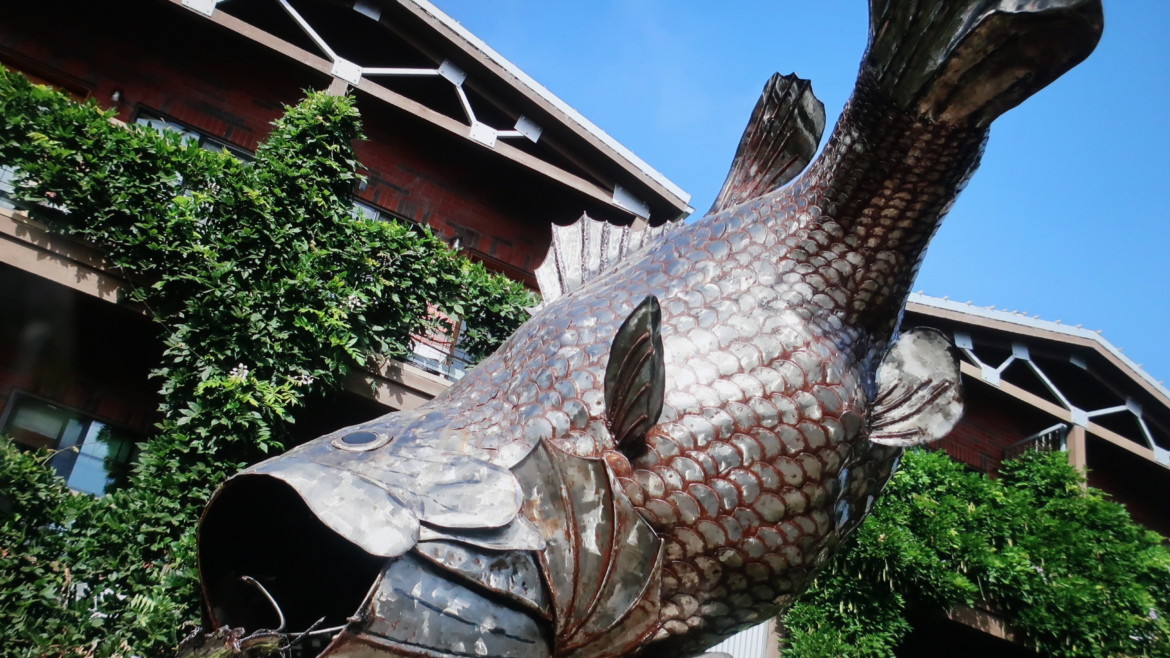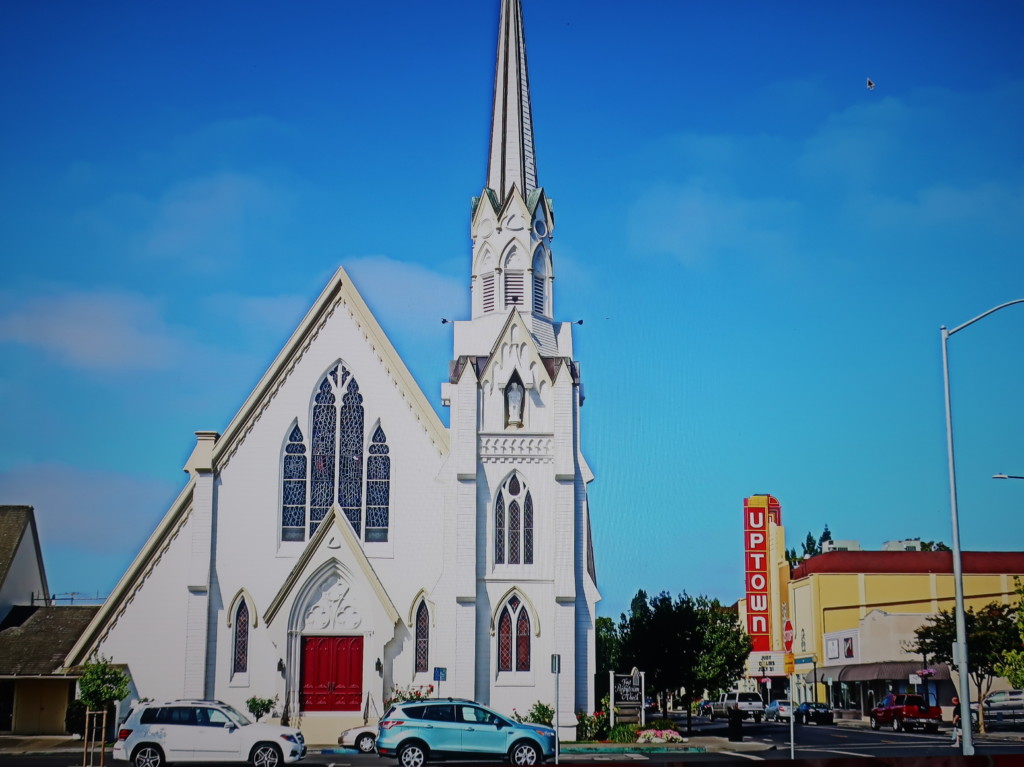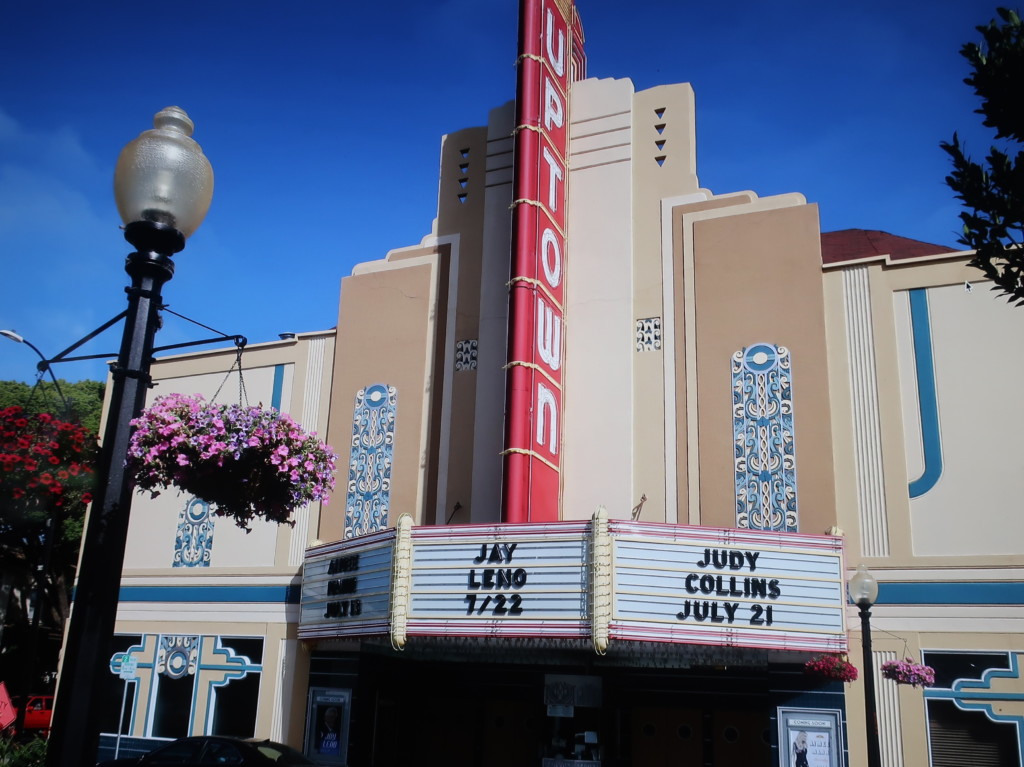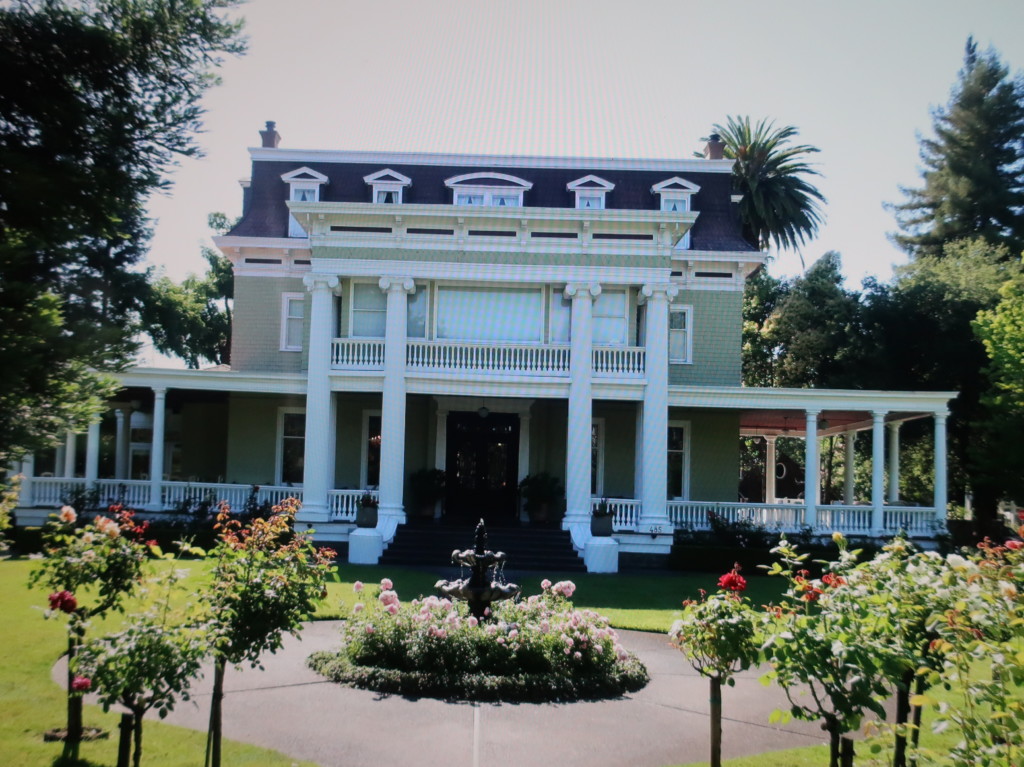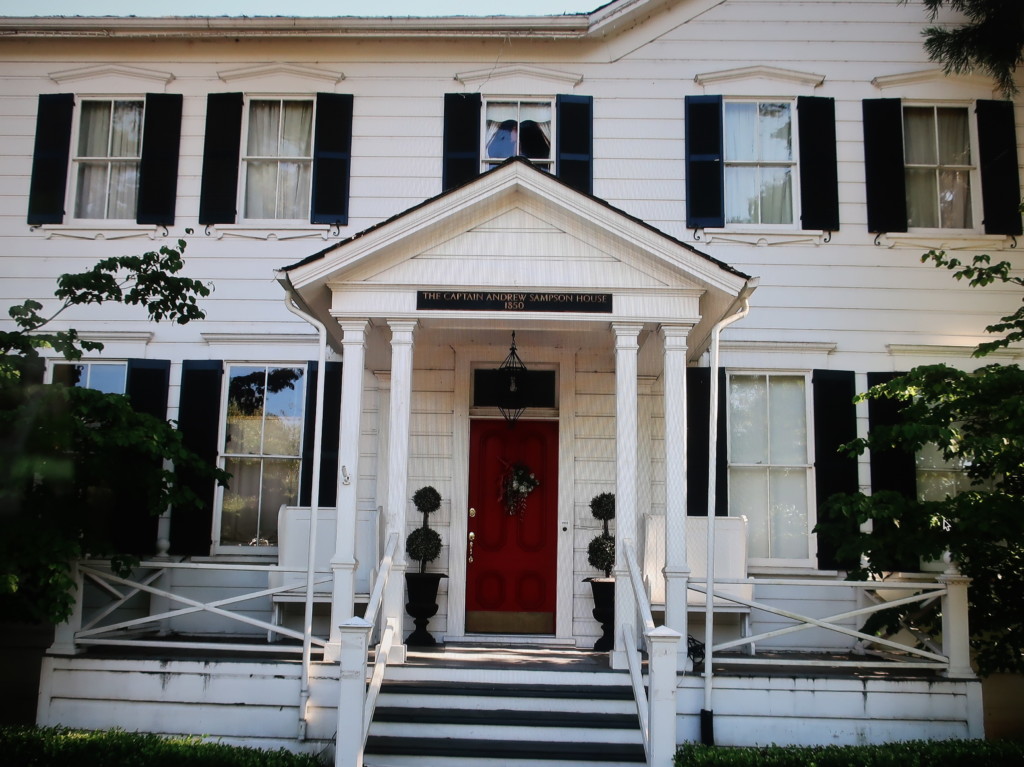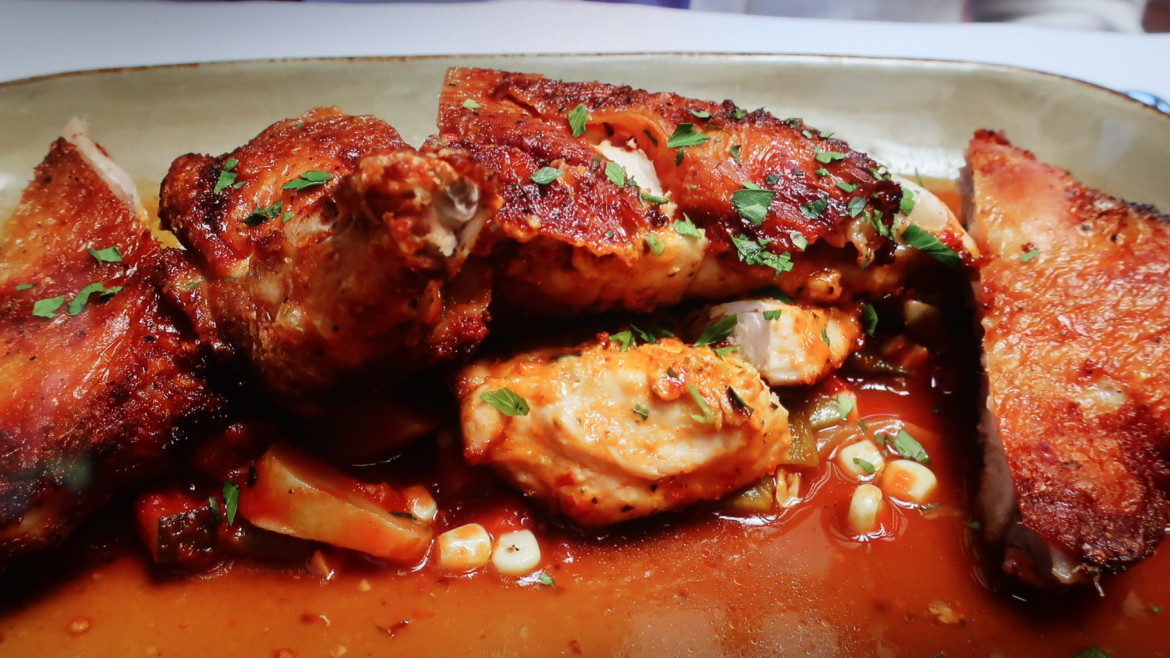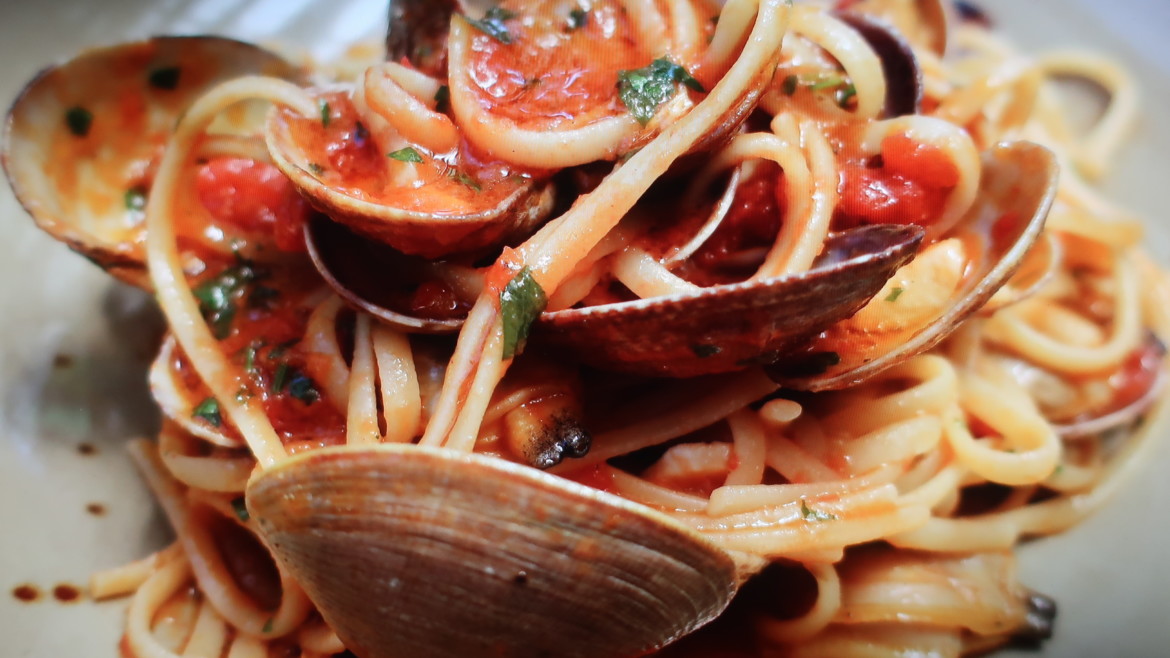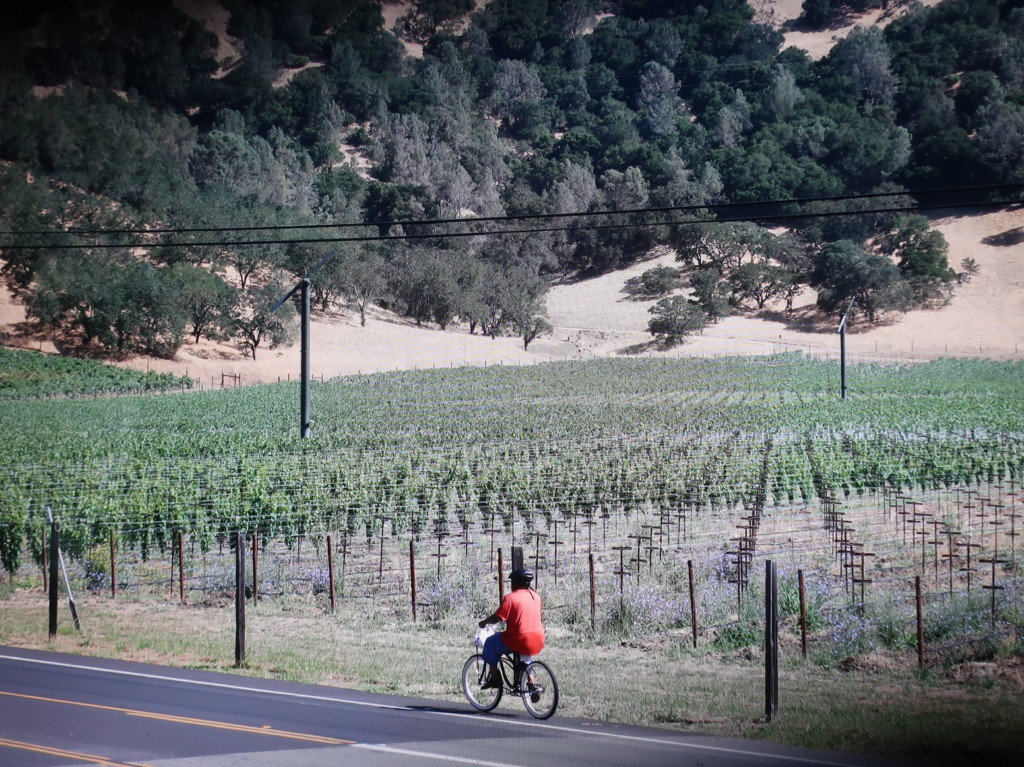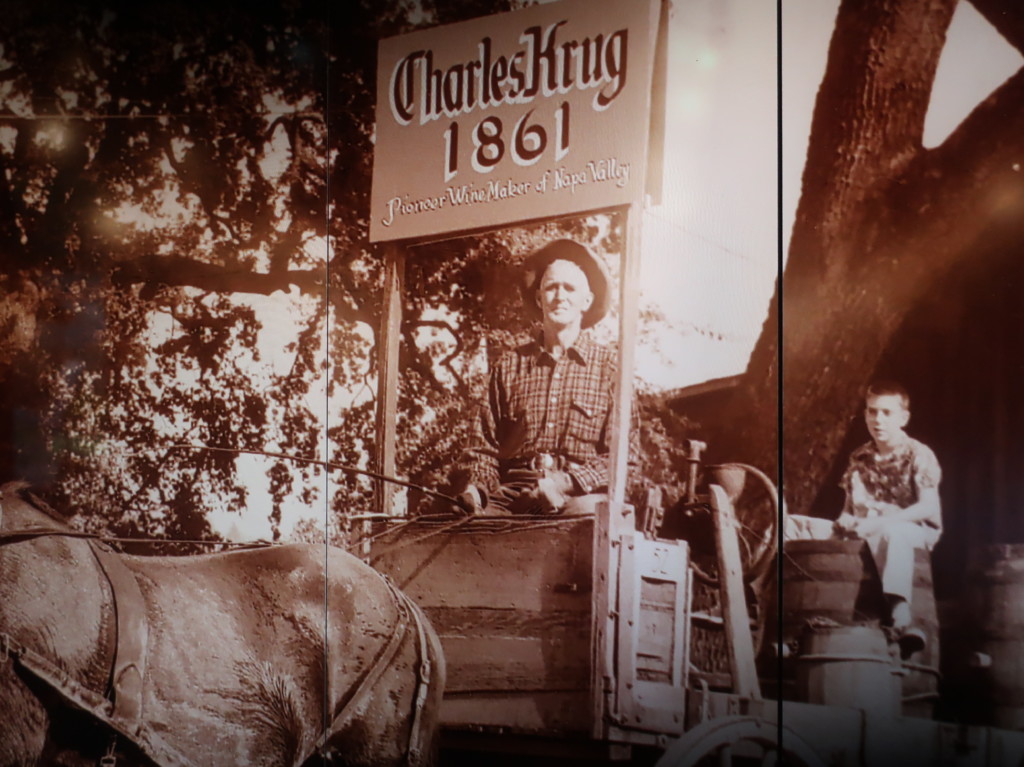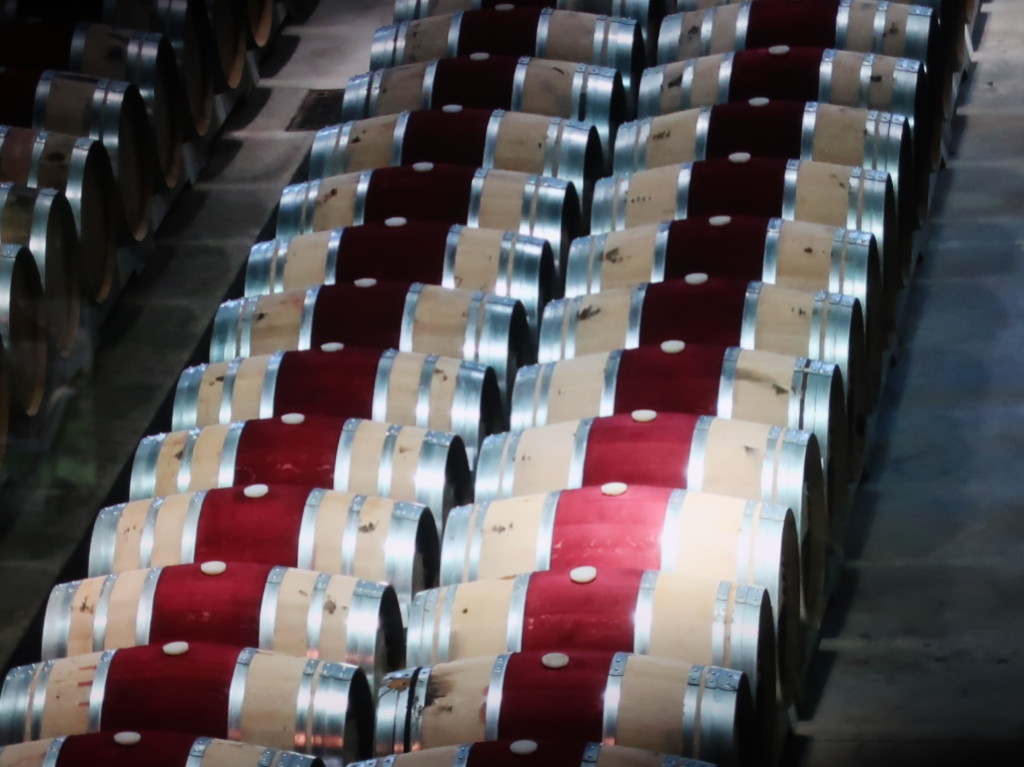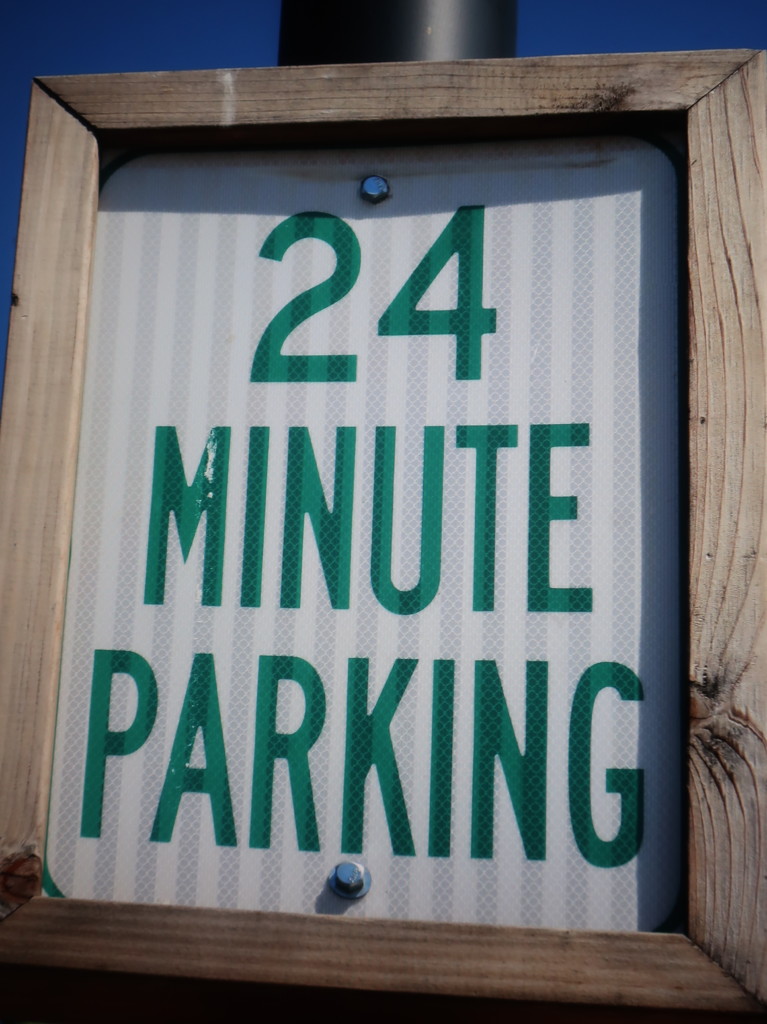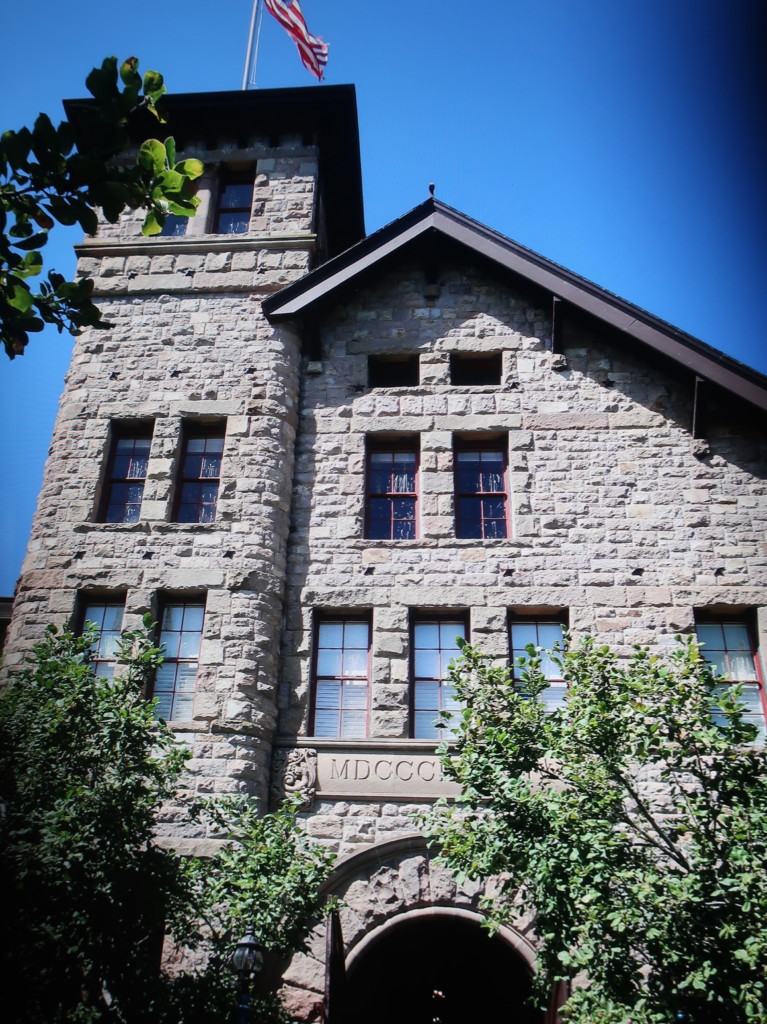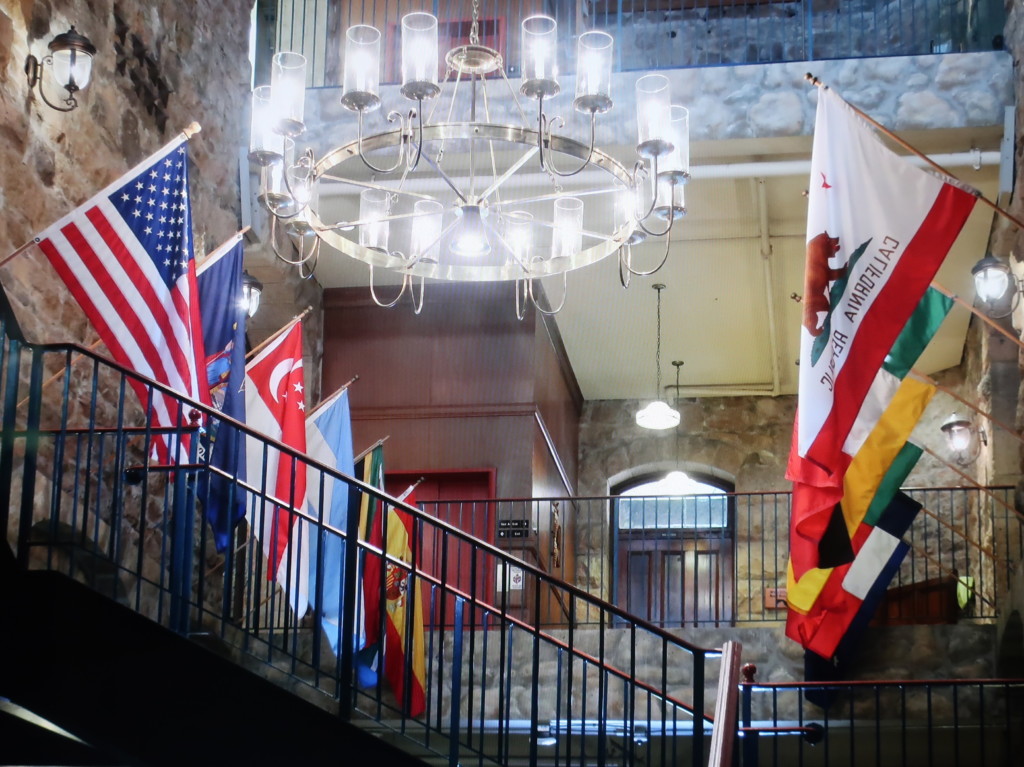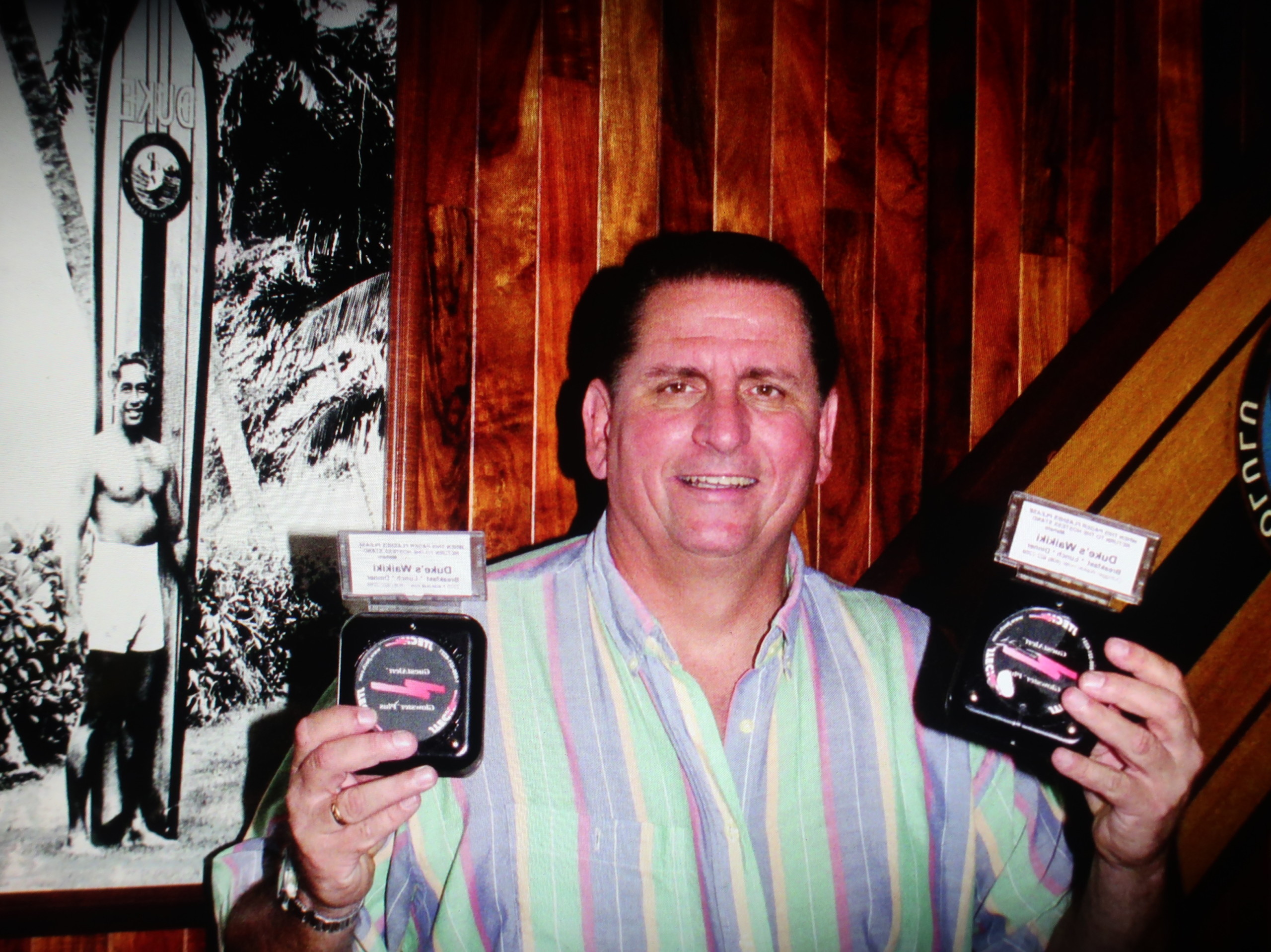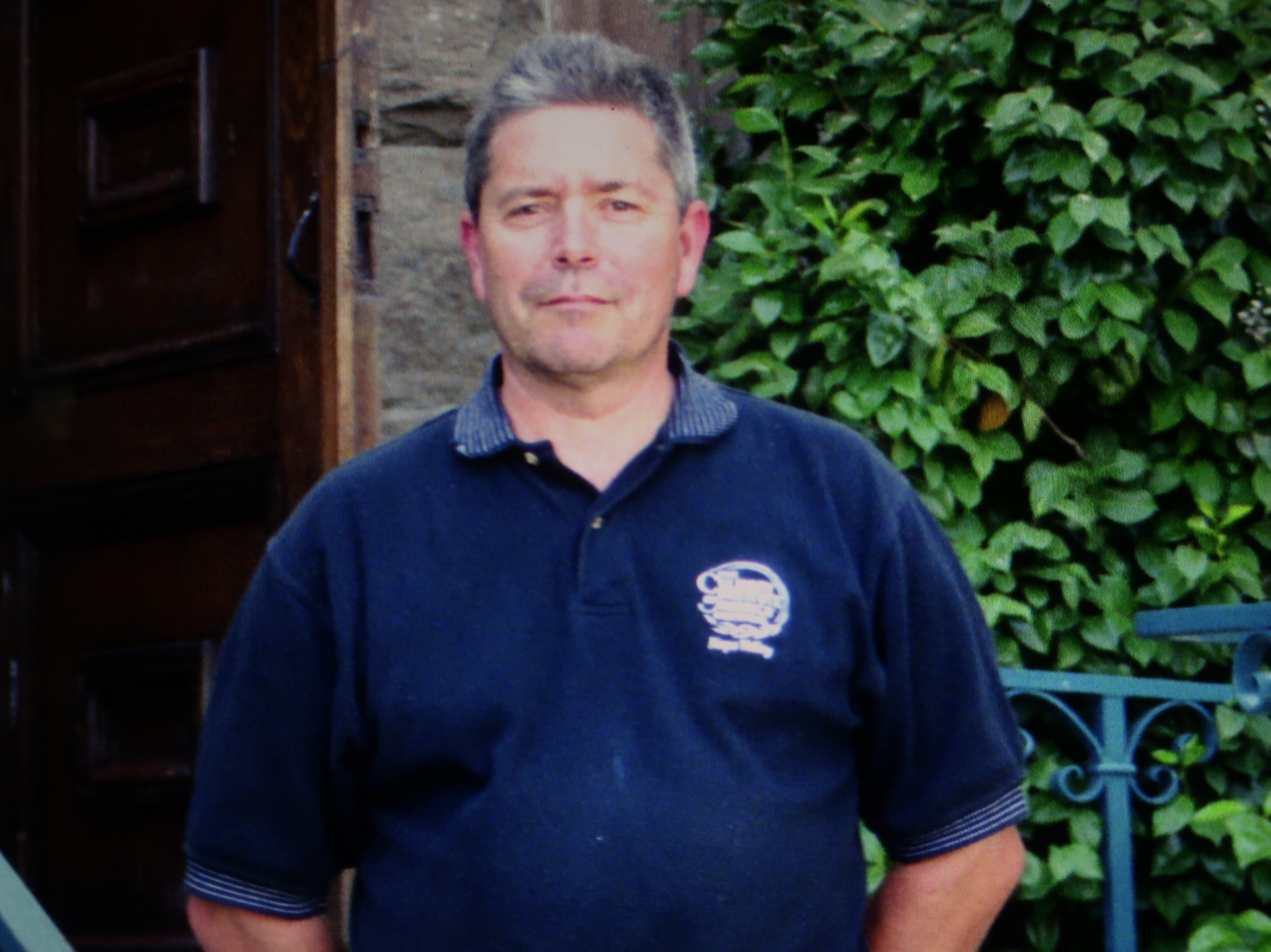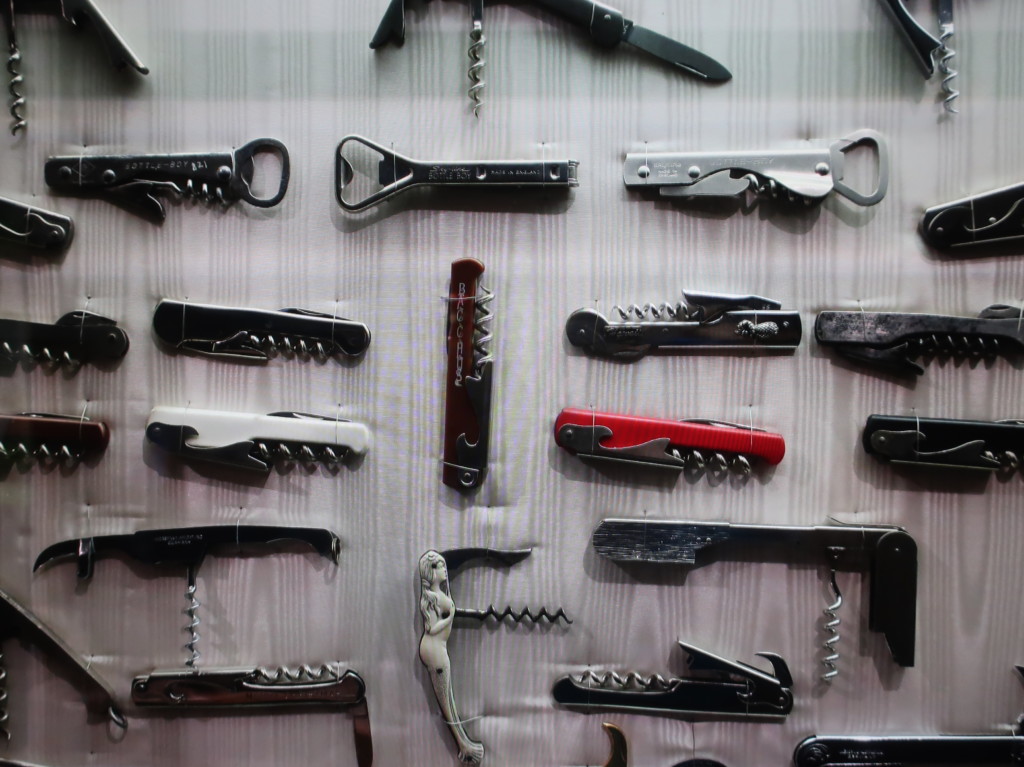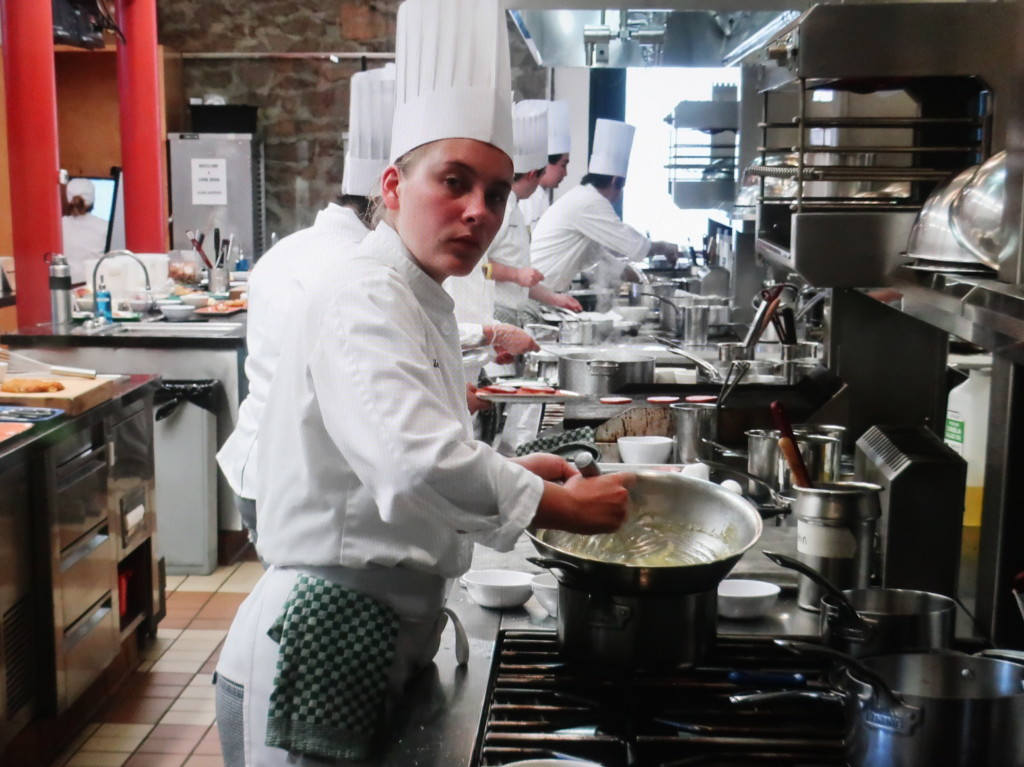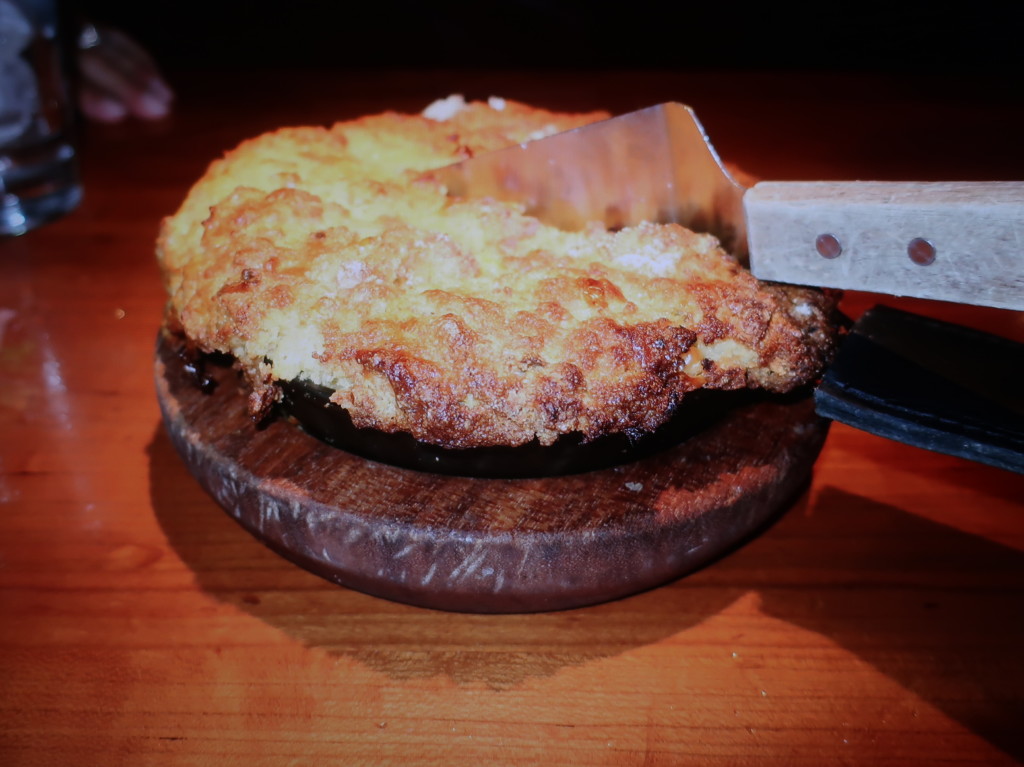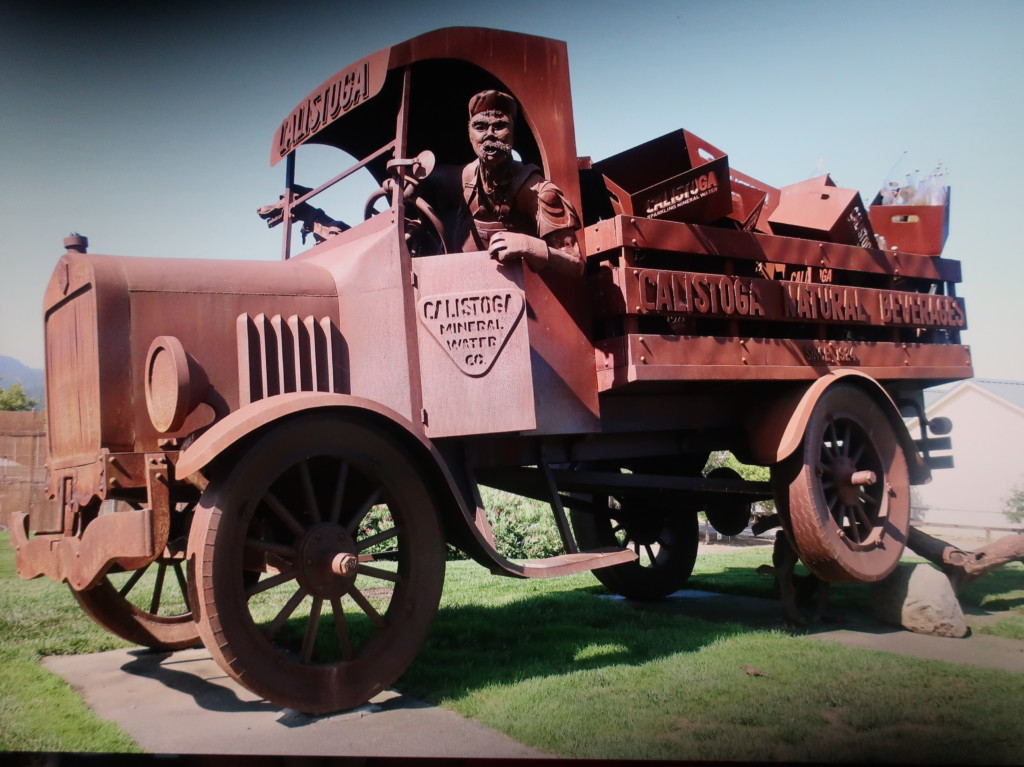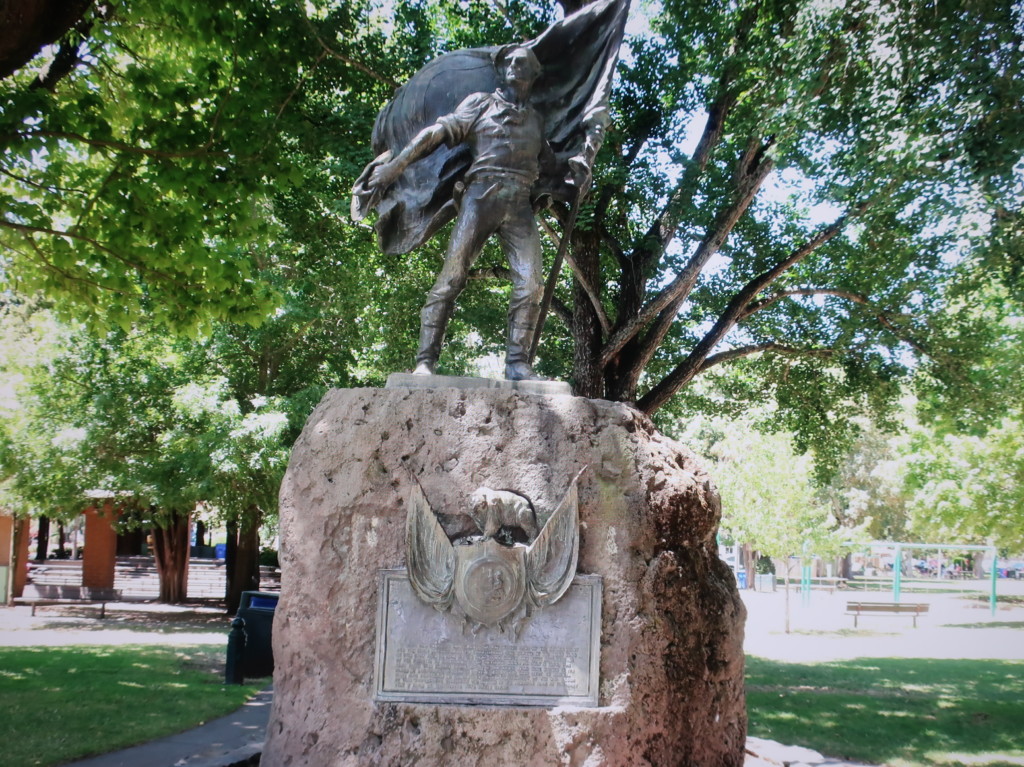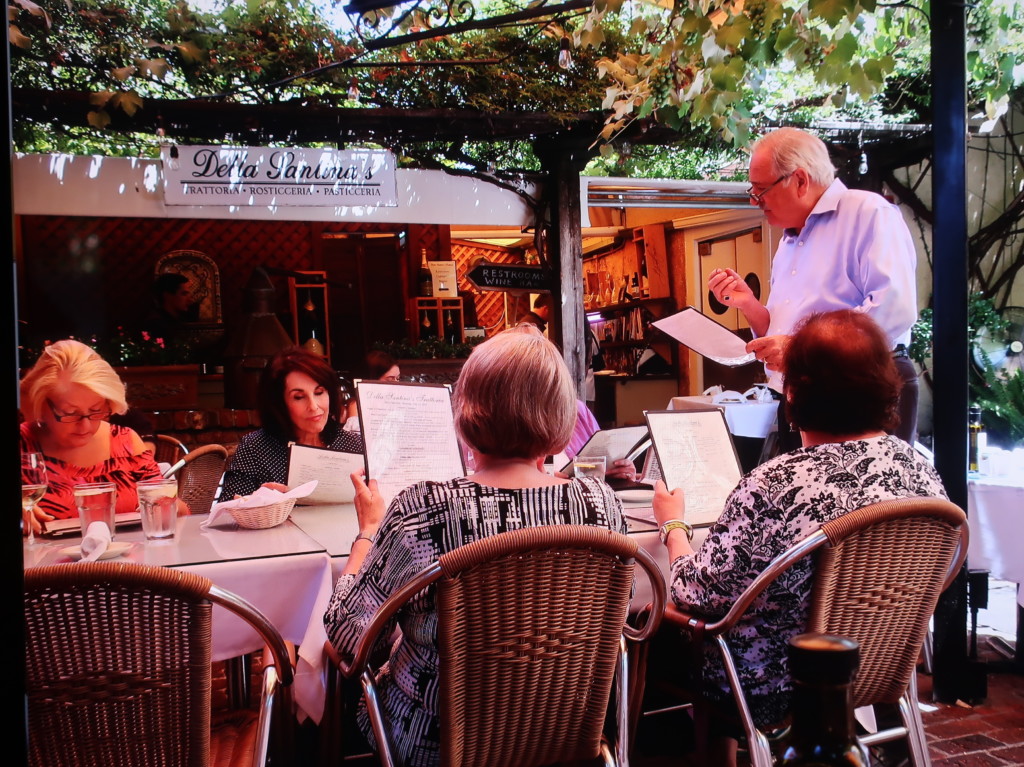Less than fifty miles away from San Francisco is the Napa Valley region. The environment is conducive to growing grapes for 375 wineries. We rented a vehicle both in 2003 and 2017 to explore this famous area. This expose will focus on our travels through the Napa region.
If you travel north over the Golden Gate Bridge there is the unique community of Sausalito along the bay.
It was once the main ferry point between San Fran and Northern California before the bridges were built. One can still visit Sausalito by a ferry from San Fran.
There are a number of quaint shops, cafés and restaurants in Sausalito.
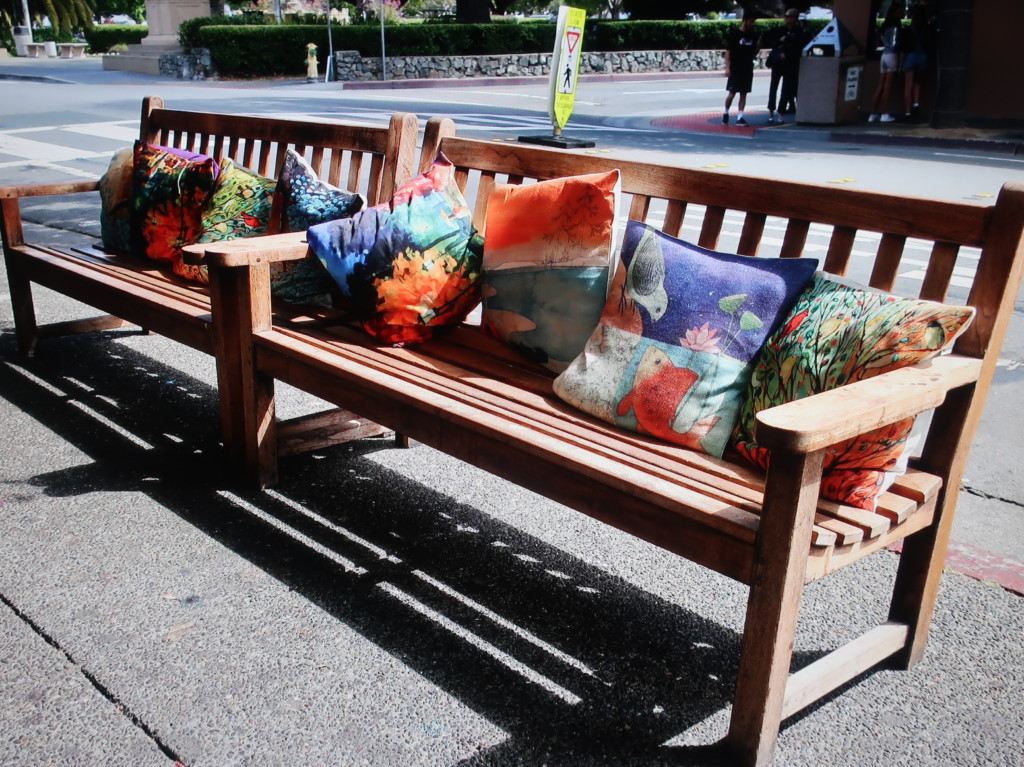
Our first stop was at Sausalito Bakery. Everything looked so fresh.
I persuaded Kathie to let me to try an Almond Croissant. It was so so good.
We should have had an early morning meal at the Bakery, but settled on going to Spinnakers.
There are not many restaurants that jaunt out onto a bay.
The views at Spinnakers are 5 Stars plus. The food, maybe three Stars. I guess we came for the views. We were seated in a front row window overlooking the bay and San Fran.
Our first stay in Napa was at a Best Western. Our last stay in 2017 was in a modular home in a place known as “River Point” along the Napa River.
These cottages are pleasant and well-constructed. We did feel a number of times earth tremors. At first these tremors are scary, but after a while, one gets use to them.
At the laundry complex, I came across this friendly cat.
Napa is a community of less than 80,000 people. It is not as large as you would think. The Napa River was a major economic focus point for many years. Today, it provides kayakers a leisurely paddle.
By the river, we came across this unique art pieces.
We did come across the First Presbyterian Church built in 1874. It was partially destroyed and rebuilt from the 2014 South Napa earthquake.
The town theater had some impressive guests coming to town.
There are a number of beautiful homes in Napa.
One home was dated back to 1850.
Our favorite restaurant just outside of Napa is Bistro Don Giovanni’s. The restaurant has a beautiful setting.
We found the food to be quite tasty too.
There are two major roads in Napa going north. Road 29 is where there is a number of small communities like Yountville, Oakville, St. Helena and we finally stopped our journey at Calistoga. Obviously, there is a stop for the iconic Napa sign.
The other road is east known as the Silverado Trail. A number of wineries are also located along this route.
Most wineries have elaborate facilities to entertain travelers. Many of the major players are here like Robert Mondavi. At one time, tasting wines was free. Today, there is usually a price for a fleet of glasses to try.
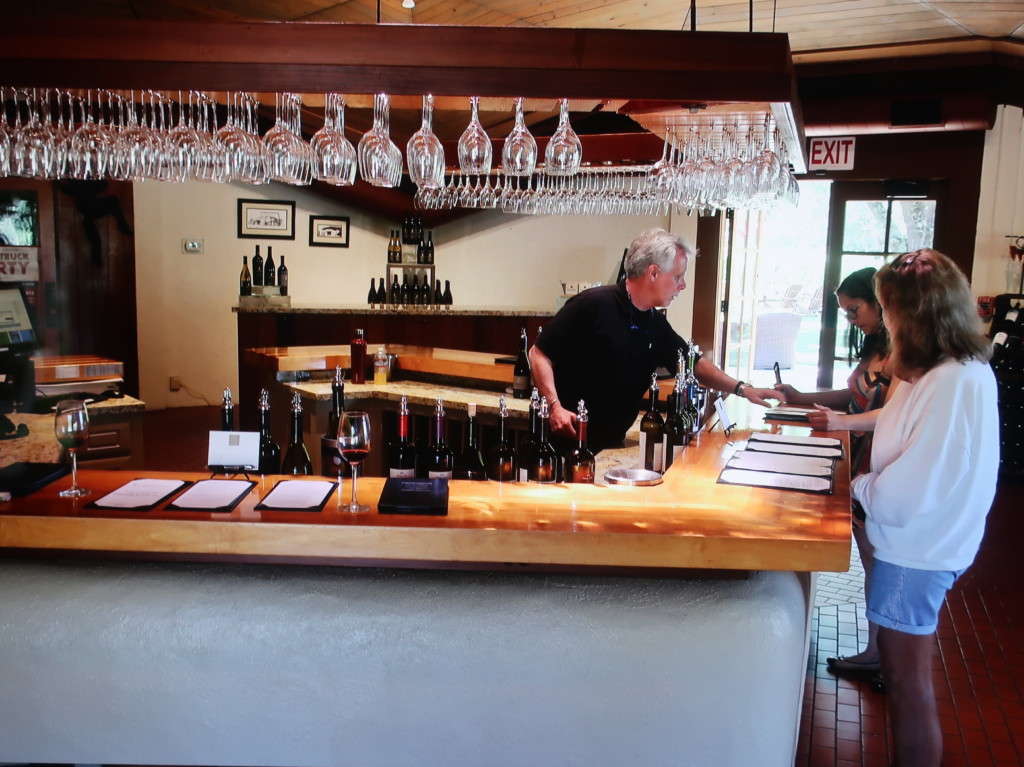
One of our favorite wineries is the Charles Krug Winery established in 1861 by Charlie.
The estate has weddings from time to time. It is definitely picturesque inside and out.
We made a quick visit into Oakville. We will not forget the post for 24-minute parking. Why not 20 minutes or 25 minutes?
We did stop at the Culinary Institute of America at Greystone located in St. Helena.
In 2003, Dave Miller, one of my volleyball parents (and founder of the JTECH device for notifying you when your table is ready), set up a tour for us with Jim DeJoy.
Transformed from a winery, this place is now teaching pupils about cooking. In Hyde Park, NY is the other center for the CIA. There is a small museum on the main floor.
Students are always engaged with some type of cooking.
A school would not be a school without a lecture hall.
We could have eaten at the school, but decided to try a restaurant that was highly recommended by fellow travelers, the Rutherford Grill.
The restaurant had the best cornbread!
The Danish Baby-back ribs are to die for! The French Dip was a close second. If we ever make it back to Napa, this place is on the list!
We went on Route 29 as far north to a community called Calistoga. Calistoga is what you would think a western town to be with plenty of character.
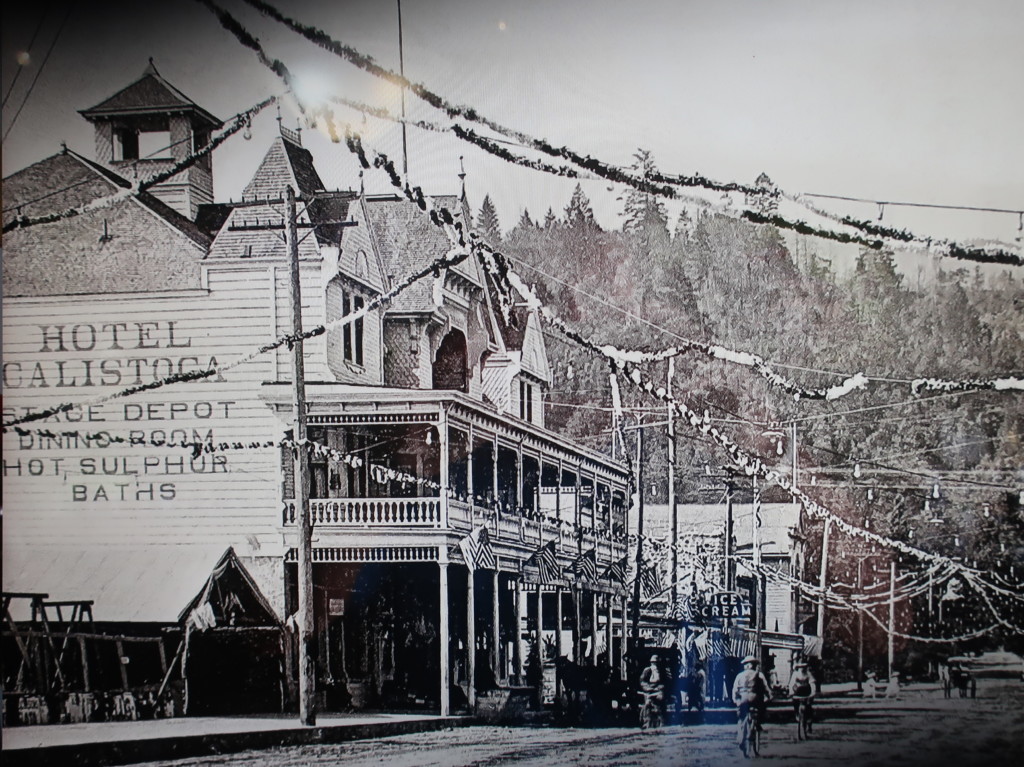
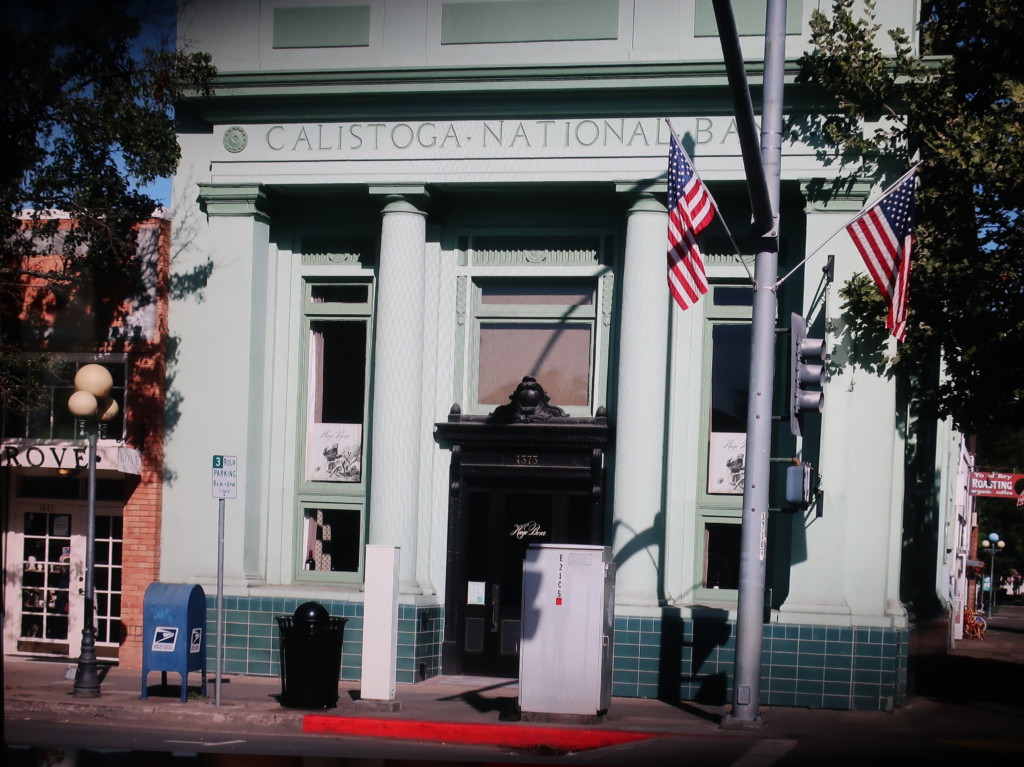
At one end is a large statue known as the “Water Truck Sculpture.”
Twenty miles west of Napa is the delightful small town of Sonoma.
In the center of Sonoma is a very large “Mexican” plaza.
At one corner is a large statue commemorating “The Bear Flag Revolt” of 1846 that had its origins in Sonoma. For 25 days California was “La Republica de California.” In 1850 California became the 31st state in the United States.
We did come across an original Andrew Carnegie Library. Making his money through steel, Carnegie gave monies to build 1700 libraries across America. One can interpret that he felt uncomfortable giving people monies outright. A person could do research in a library to better themselves. Today, we use Google.
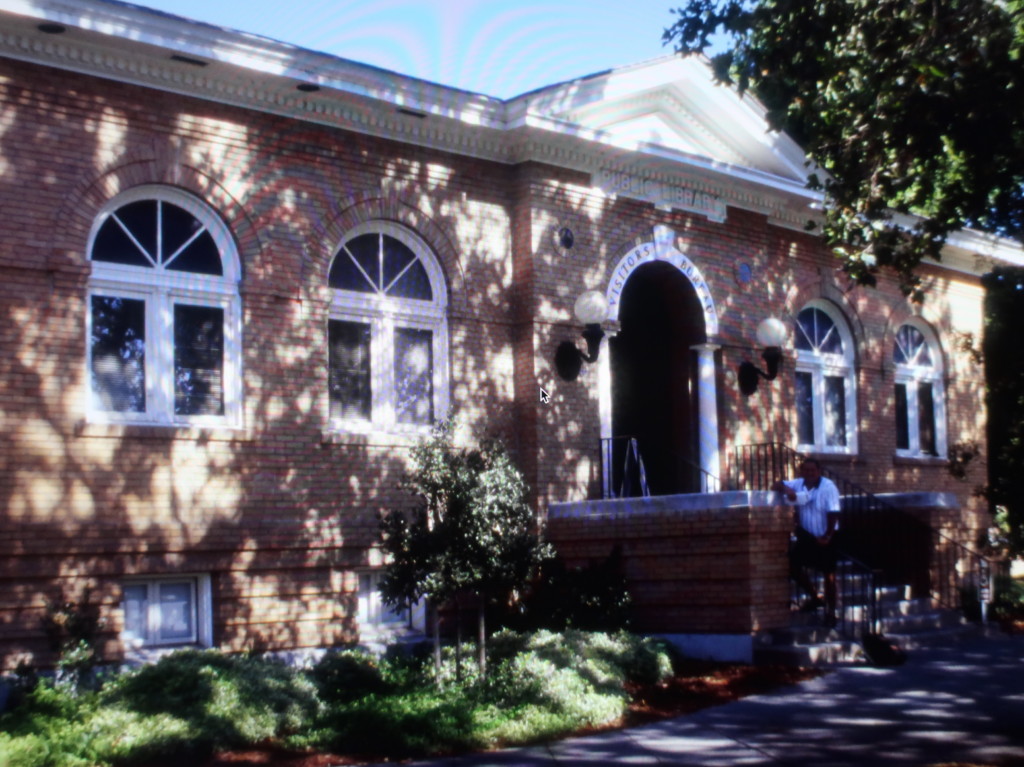
We came across a tasty Italian restaurant called “Della Santina’s” that was started by a family back in 1990. The motif and ambiance put us back along the Amalfi coast of Italy.
Just northwest of Sonoma is the Jack London State Park. Some of you may recall that Jack London was a famous writer at the beginning of the 20th century—even before Ernest Hemingway.
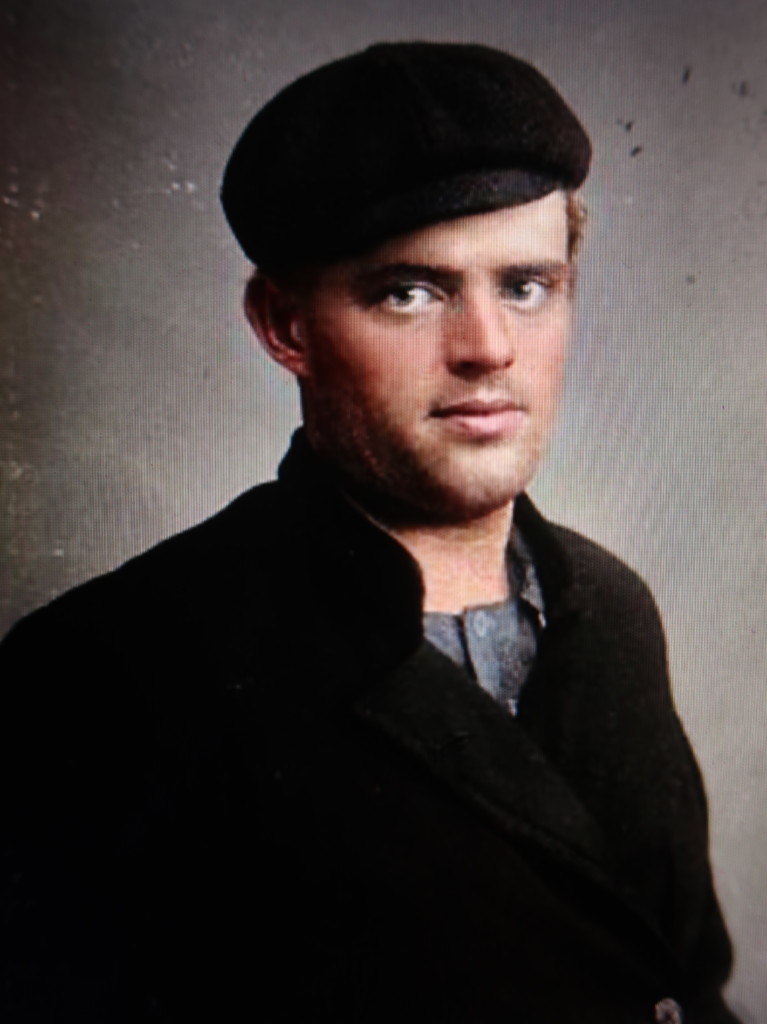
Jack tried to build a 26-room house along a ridge. Near its completion, the house burnt down. Ironically, the fire was not by a forest fire which has become common in the area today, but by rags that were flammable. The ruins of this famous home can still be seen today.

We like one of Jack London’s quotes which state, “I would rather be ashes than dust! I would rather be a superb meteor, every atom of me in a magnificent glow, than a sleepy and permanent planet.”
